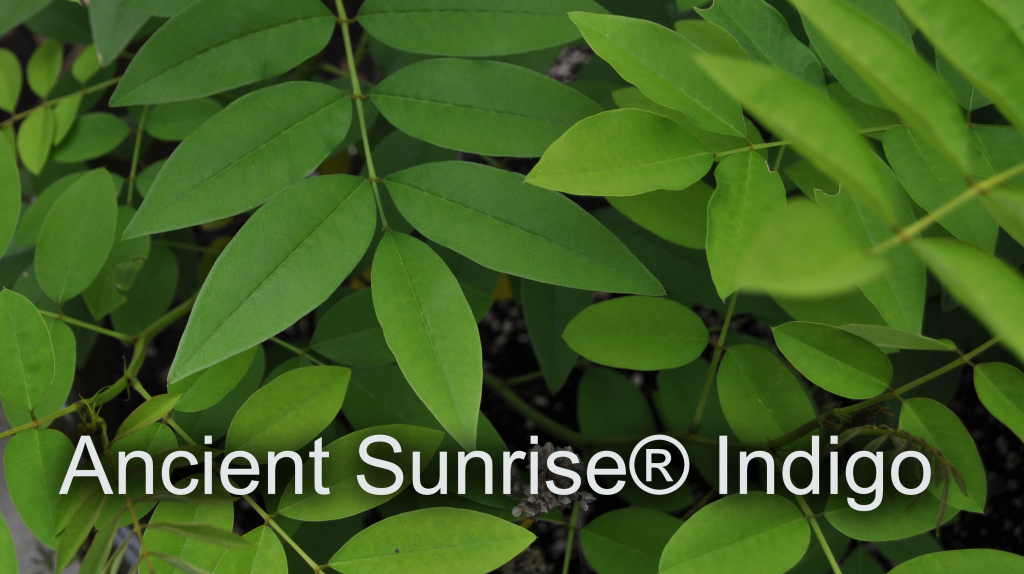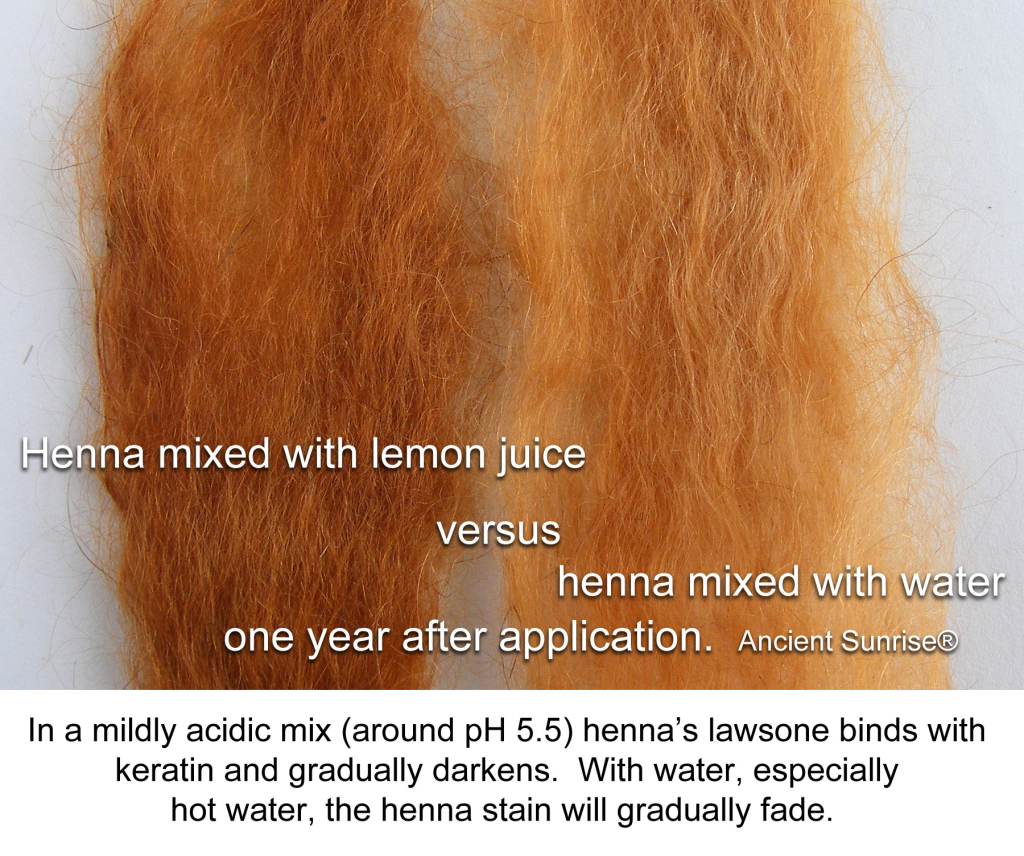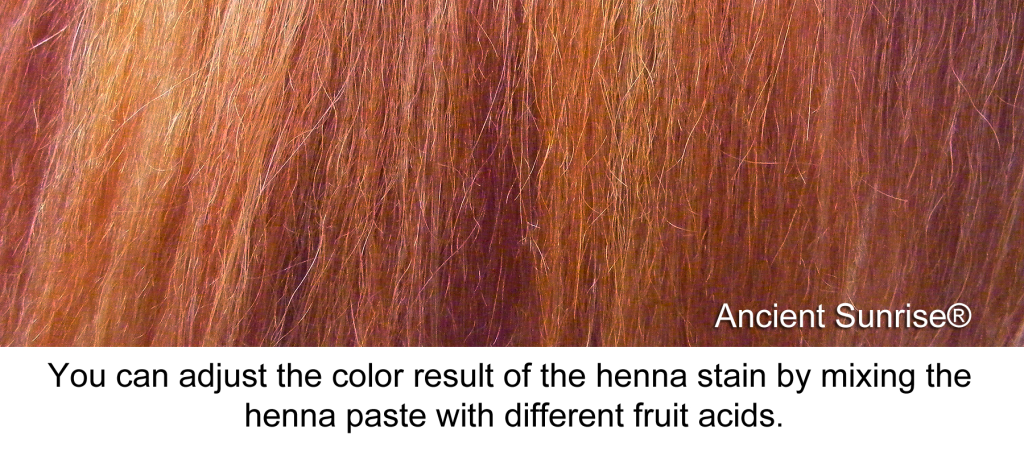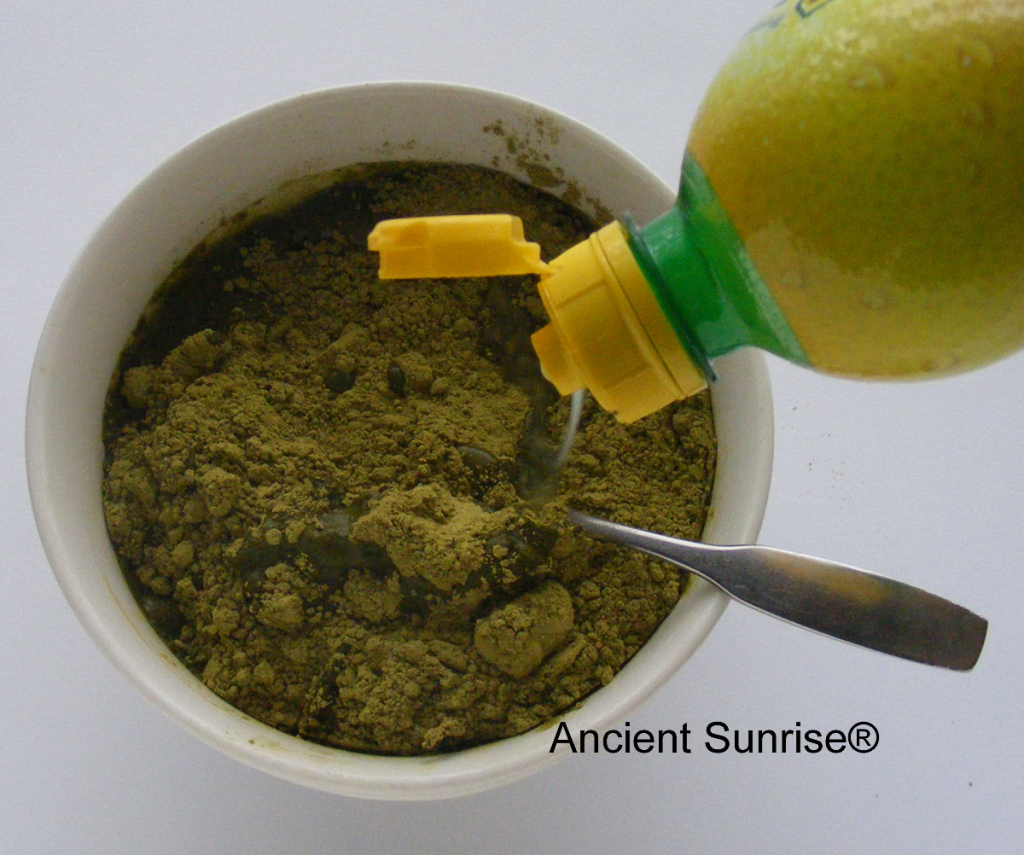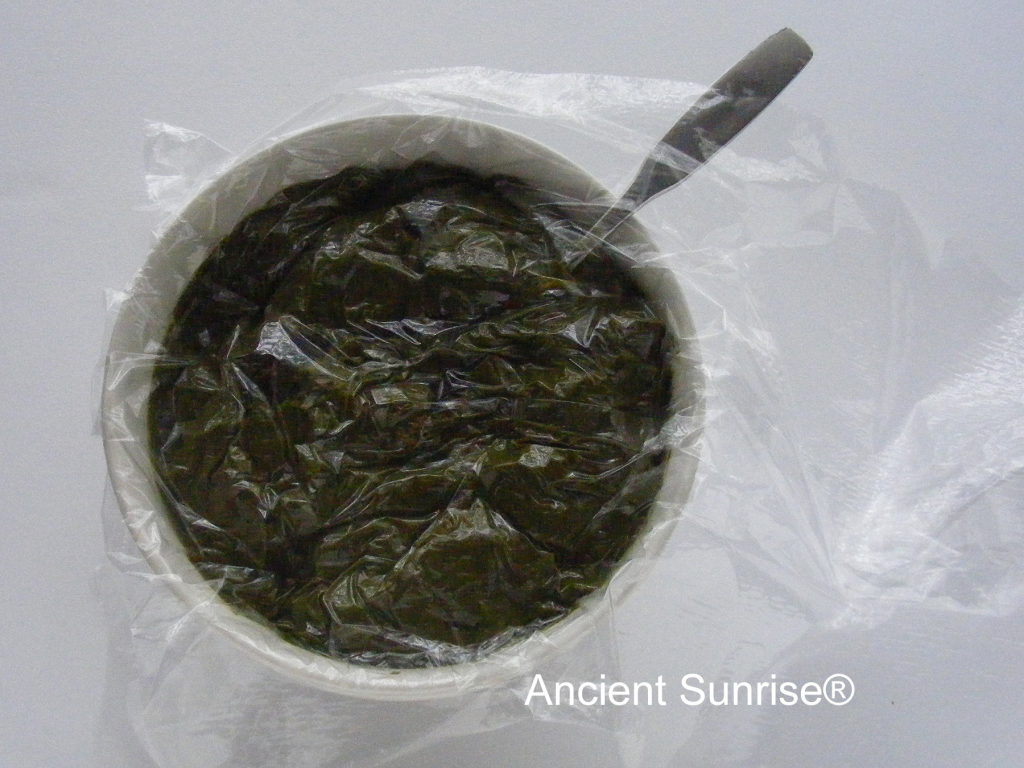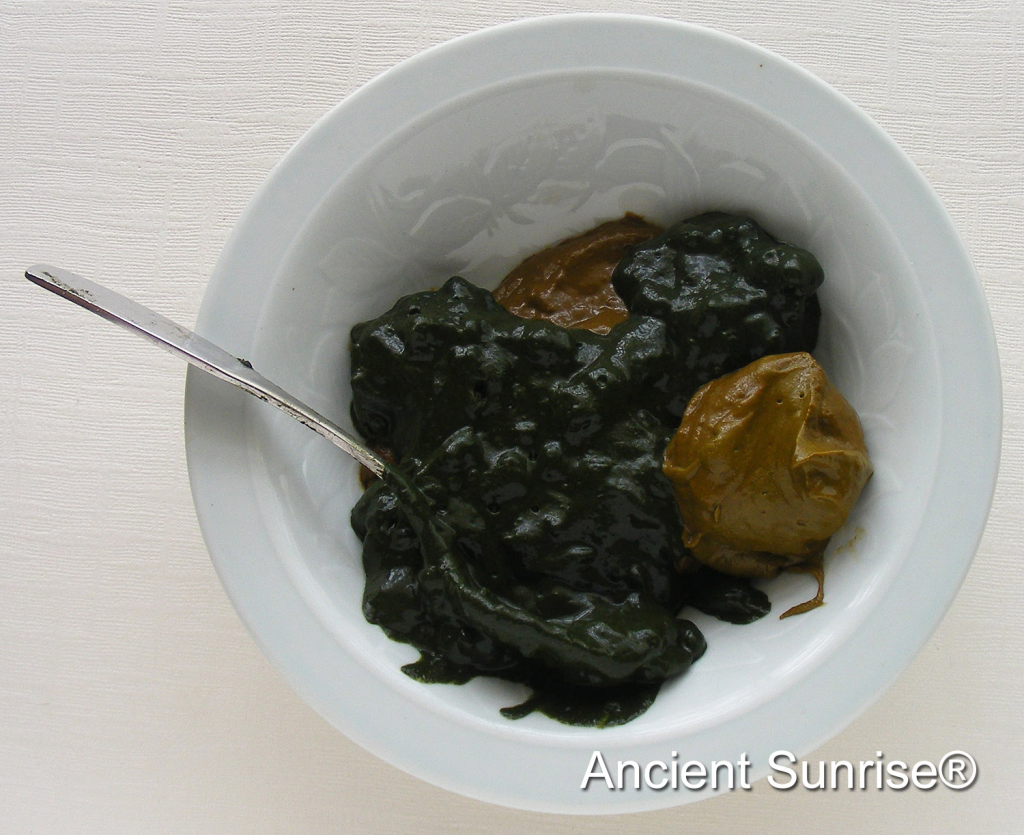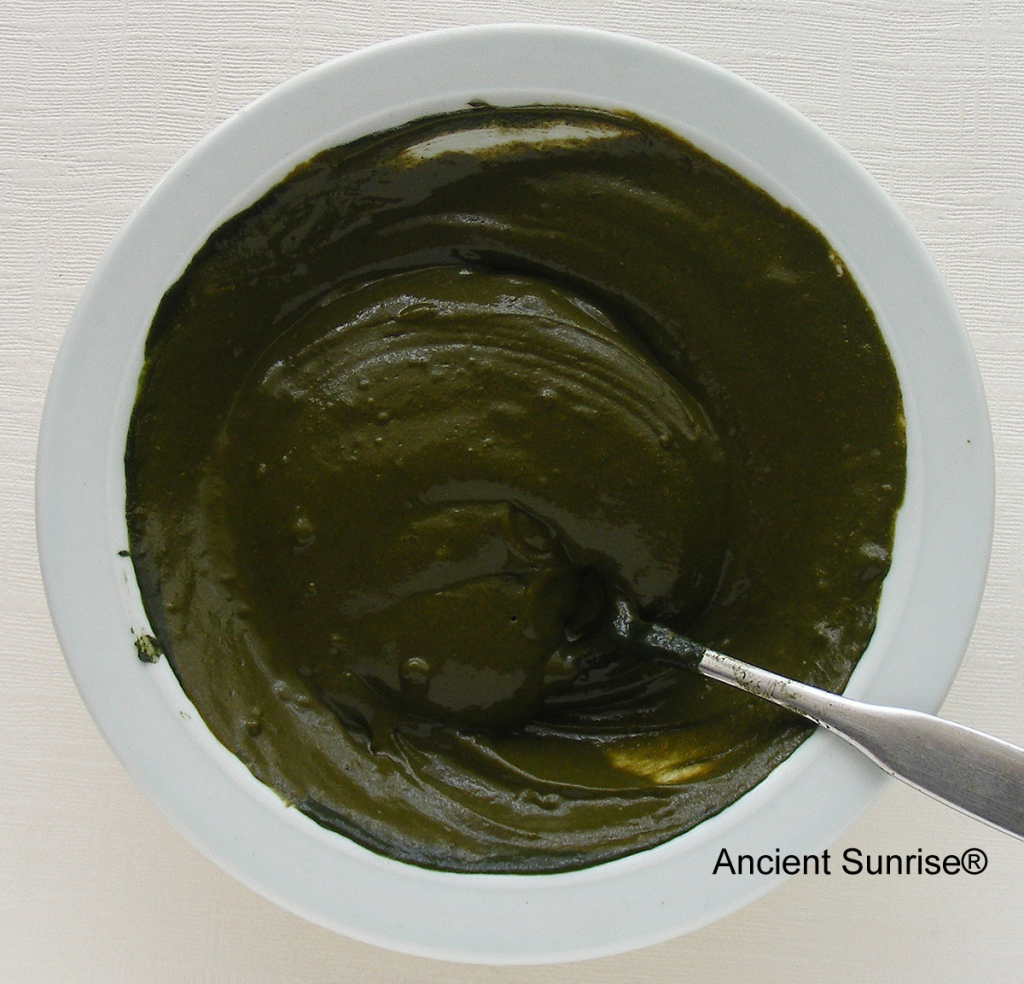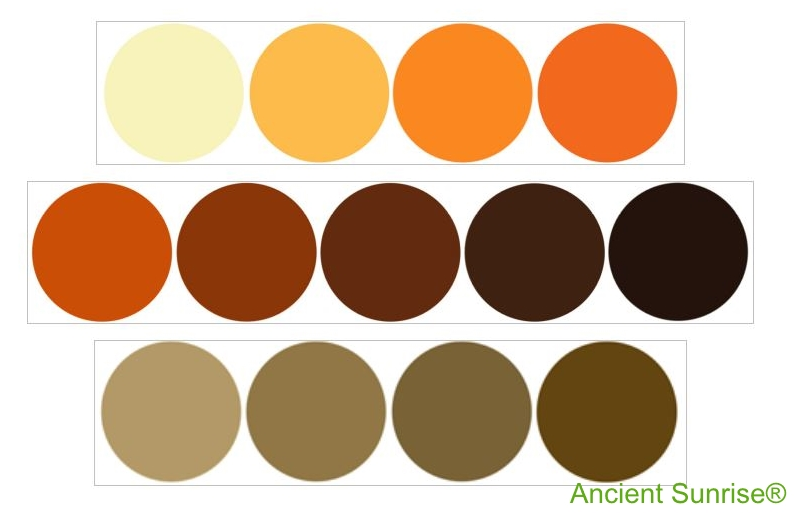
When choosing your mix, we understand that it can be overwhelming. If at any point you’re not sure where to start, contact our wonderful customer service team!
The quick and dirty facts about henna for hair are the following:*
- Henna by itself stains keratin a range of shades between copper and dark auburn.
- Indigo darkens and browns these shades, and cassia lightens these shades, adding golden tones.
- Equal parts henna and indigo will result in a medium brunette on most. More indigo will result in darker and darker shades of brunette.
- Equal parts of henna and cassia results in bright, fiery tones of copper and orange. More cassia will result in lighter and brighter tones of strawberry blonde.
- All three together will result in more shades of blondes and golden brunettes.
- Henna first, then indigo second in a two-step process results in a shiny jet black color.
- None of these powders or mixes will turn darker hair a lighter color.
*color results depend on starting hair color, with the exception of jet black.
Important information
If you are already lost, click here to read Henna for Hair 101: Bare Essentials.
The amount of product you need will depend on the length and thickness of your hair. If you have very short hair, you will want to adjust your measurements to save product. If you have very long hair, you will have to increase the amount of product you are using. The Customer Service representatives at www.mehandi.com are there to help you if you need it.
We have several types of henna, indigo, and cassia that vary by tone and/or sift. To see descriptions of the plant powders and fruit acid powders read Henna for Hair 101: What’s the Difference Between All These Plant Powders?
Choosing your Mix: Pre-Made Kits

If this is your first time using Ancient Sunrise® Henna for Hair products, it is easiest to start out with a pre-made kit. Ancient Sunrise® has a wide variety of kits to dye hair any shade from blonde to jet black, and they are formulated for regular hair, graying hair, and fragile hair (both natural and relaxed). We include the correct ratios of the plant powders and acid powders you’ll need to achieve your desired result, as well as gloves, a piping bag (great for quick and easy root touch-ups), and instructions on how to put everything together. No measuring or guessing necessary. All you’ll need is distilled water.
Because certain powders need to be mixed at certain times for the best results, we do not pre-blend the powders, but rather provide them in individual packets inside the kits.
We recommend choosing one or more kits to sample on some hair you have collected, and then using the full kit of your choice after determining which one works best for you. If you’re not picky about your results, you can jump right in with a full kit.
Below is a quick cheat sheet on the kits, their formulations, and the expected results.
Even if you want to create your own mix rather than buying a kit, the chart below can help you see what you might need to achieve your desired result.
Everything in the kits is available for individual and bulk purchase. Most customers start with kits until they are comfortable with the process, then order in bulk. We offer bulk discounts, which makes stocking up economical.
If you have light hair:
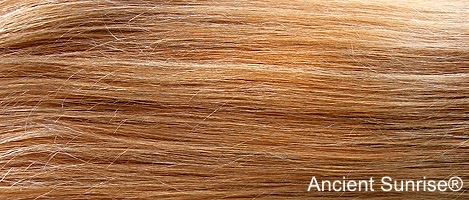
| Desired Result | Kit | Mix |
|---|---|---|
| Brighten blondes, adding golden tone and shine | Ancient Sunrise® Blonde | • 96.5% Ancient Sunrise® Clarity cassia • 1.5% Ancient Sunrise® Twilight henna • 3% Zekhara indigo • Ancient Sunrise® Kristalovino fruit acid |
| Warm, strawberry blonde or golden blonde | Ancient Sunrise® Sunshine | • 80% Ancient Sunrise® Clarity cassia • 20% Ancient Sunrise® Twilight henna • Ancient Sunrise® Kristalovino fruit acid |
| Deep, neutral blonde to light golden brown | Ancient Sunrise® Chai | • 66% Ancient Sunrise® cassia • 17% Ancient Sunrise® Twilight henna • 17% part Ancient Sunrise® Sudina indigo • Ancient Sunrise® Nightfall Rose fruit acid |
| Vivid, orange red | Ancient Sunrise® Fire | • 50% Ancient Sunrise® Clarity cassia • 50% Ancient Sunrise® Monsoon • Ancient Sunrise® Copperberry fruit acid |
Bright, rosy “true” red | Ancient Sunrise® Red | • Ancient Sunrise® Monsoon Henna • Ancient Sunrise® Copperberry fruit acid |
| Deeper “true” red | Ancient Sunrise® Cinnamon | • Ancient Sunrise® Monsoon Henna • Ancient Sunrise® Kristalovino fruit acid |
| Auburn | Ancient Sunrise® Auburn (gray hair kit) | • Ancient Sunrise® Rajasthani Twilight henna • Ancient Sunrise® Malluma Kristalovino |
| Medium, warm, chestnut brown | Ancient Sunrise® Medium Brown | • 50% Ancient Sunrise® Monsoon henna • 50% Ancient Sunrise® Sudina indigo • Ancient Sunrise® Malluma Kristalovino |
| Medium Cool brown | Ancient Sunrise® Cool Brown | • 50% Ancient Sunrise® Monsoon henna • 50% Ancient Sunrise® Sudina indigo • Ancient Sunrise® Amla fruit acid |
| Dark, warm, chocolate brown | Ancient Sunrise® Dark Brown | • 33% Ancient Sunrise® Monsoon henna • 66% Ancient Sunrise® Sudina indigo • Ancient Sunrise® Malluma Kristalovino |
| Dark, cool brown | Ancient Sunrise® Cool Dark Brown | • 33% Ancient Sunrise® Monsoon henna • 66% Ancient Sunrise® Sudina indigo • Ancient Sunrise® Amla fruit acid |
| Soft Black/Very Very dark brown | Ancient Sunrise® Warm Black | • 20% Ancient Sunrise® Twilight henna • 80% Ancient Sunrise® Zekhara indigo • Ancient Sunrise® Malluma Kristalovino |
| Jet black | Ancient Sunrise® Black | 2 step process • 1st: Ancient Sunrise® Monsoon henna • 2nd: Ancient Sunrise® Sudina indigo • Ancient Sunrise® Malluma Kristalovino |
If you have medium brunette hair:
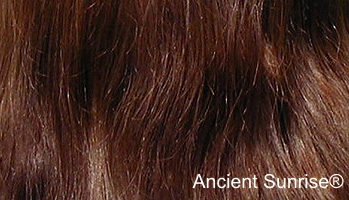
| Desired Result | Kit | Mix |
|---|---|---|
| Richen color (a shade or two darker) | Ancient Sunrise® Chai | See first chart for kit mix details |
| Slightly ginger | Ancient Sunrise® Fire | |
| Ginger | Ancient Sunrise® Red or Cinnamon
| |
| Medium to Dark Auburn | Ancient Sunrise® Auburn (gray hair kit) | |
| Darker brown | Ancient Sunrise® Medium Brown or Cool Brown | |
| Darker cool brown | Ancient Sunrise® Dark Brown or Cool Dark Brown | |
| Warm soft black | Ancient Sunrise® Warm Black | |
| Jet Black | Ancient Sunrise® Black |
If you have darker hair:
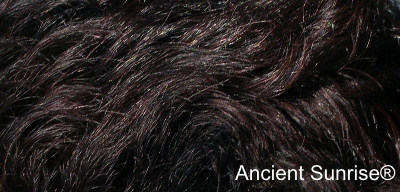
| Desired Result | Kit | Mix |
|---|---|---|
| Add warm tones Warm red tones under sunlight | See first chart for kit mix details | |
| Deepen color by a couple of shades | Ancient Sunrise® Medium Brown or Cool Brown | |
| Soft black | Ancient Sunrise® Dark Brown, Cool Dark Brown, or Warm Black | |
| Jet Black | Ancient Sunrise® Black |
If you have graying hair:
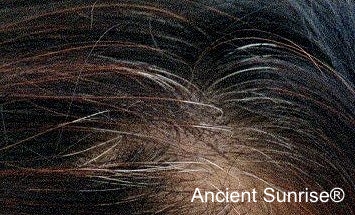
| Desired Result | Kit | Mix |
|---|---|---|
| Blend grays to a golden light brown tone | Ancient Sunrise® Chai | See first chart for kit mix details |
| Rich red highlights with an overall warm color | Ancient Sunrise® Henna for Gray Hair: Auburn | See first chart for kit mix details
|
| Chestnut highlights on darker hair or blend gray with medium brown hair | Ancient Sunrise® Henna for Gray Hair: Medium Brown | • 50% Ancient Sunrise® Twilight henna • 50% Ancient Sunrise® Zekhara indigo • Ancient Sunrise® Malluma Kristalovino |
| Dark, warm brown highlights on black hair or blend grays with dark brown hair | Ancient Sunrise® Henna for Gray Hair: Dark Brown | • 33% Ancient Sunrise® Twilight henna • 66% Ancient Sunrise® Zekhara indigo • Ancient Sunrise® Malluma Kristalovino |
| Jet Black | Ancient Sunrise® Henna for Gray Hair: Black | Two step process • 1st: Ancient Sunrise® Twilight henna • 2nd: Ancient Sunrise® Zekhara indigo • Ancient Sunrise® Malluma Kristalovino |
If you have natural hair, thick/curly hair, or delicate/damaged hair:
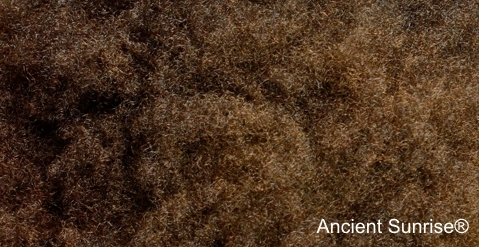
| Desired Result | Kit | Mix |
|---|---|---|
| Add shine with no color | not in kit form | Ancient Sunrise® Clarity cassia with fruit acid of choice |
| Add warm, copper tones to light and medium hair colors | not in kit form | Ancient Sunrise® Rarity henna and fruit acid of choice |
| Color light hair medium brown or make medium to dark hair a few shades darker | Ancient Sunrise® Henna for Delicate Hair: Medium Brown | • 50% Ancient Sunrise® Rarity henna • 50% Ancient Sunrise® Zekhara indigo • Ancient Sunrise® Malluma Kristalovino |
| Color medium hair dark or make dark hair a soft black | Ancient Sunrise® Henna for Delicate Hair: Dark Brown | • 33% Ancient Sunrise® Rarity henna • 66% Ancient Sunrise® Zekhara indigo • Ancient Sunrise® Malluma Kristalovino |
| Jet Black | Ancient Sunrise® Henna for Delicate Hair: Black | Two step process • 1st: Ancient Sunrise® Rarity henna • 2nd: Ancient Sunrise® Zekhara indigo • Ancient Sunrise® Malluma Kristalovino |
Note: Kits that are not labeled “for gray” will blend grays nicely into highlights.
All full sized and sample sized kits can be found here: https://www.mehandi.com/Ancient-Sunrise-Henna-and-Herbal-Hair-Care-s/166.htm
Our Ancient Sunrise® Henna for Hair E-book has great, detailed information about mix formulations, testing, application, trouble-shooting, and more. And of course, we have awesome Customer Service Reps who are all experts on henna for hair, available for consultation via phone, email, and chat during our business hours.
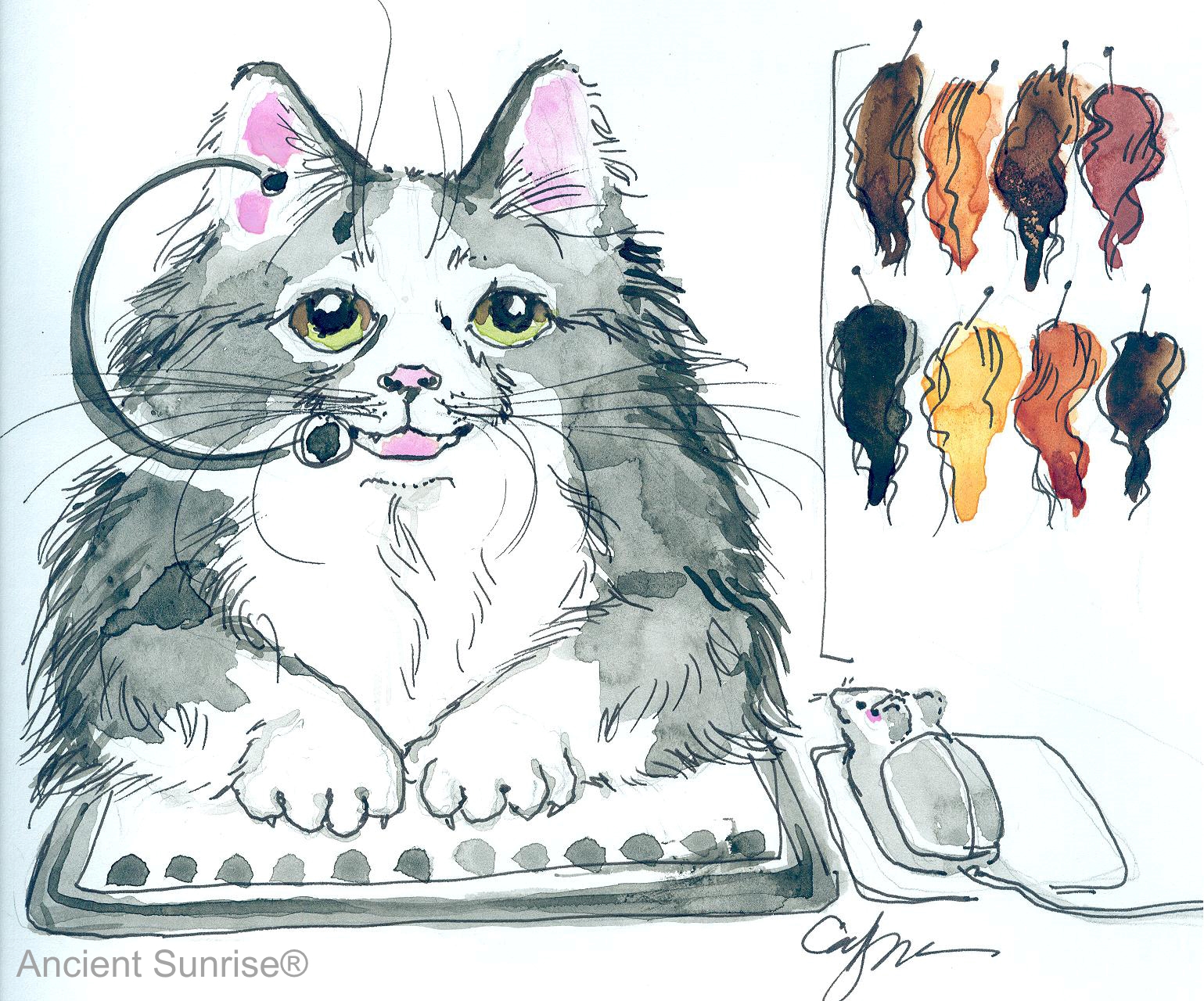
Author: Rebecca Chou
Updated: Maria Moore 2022









